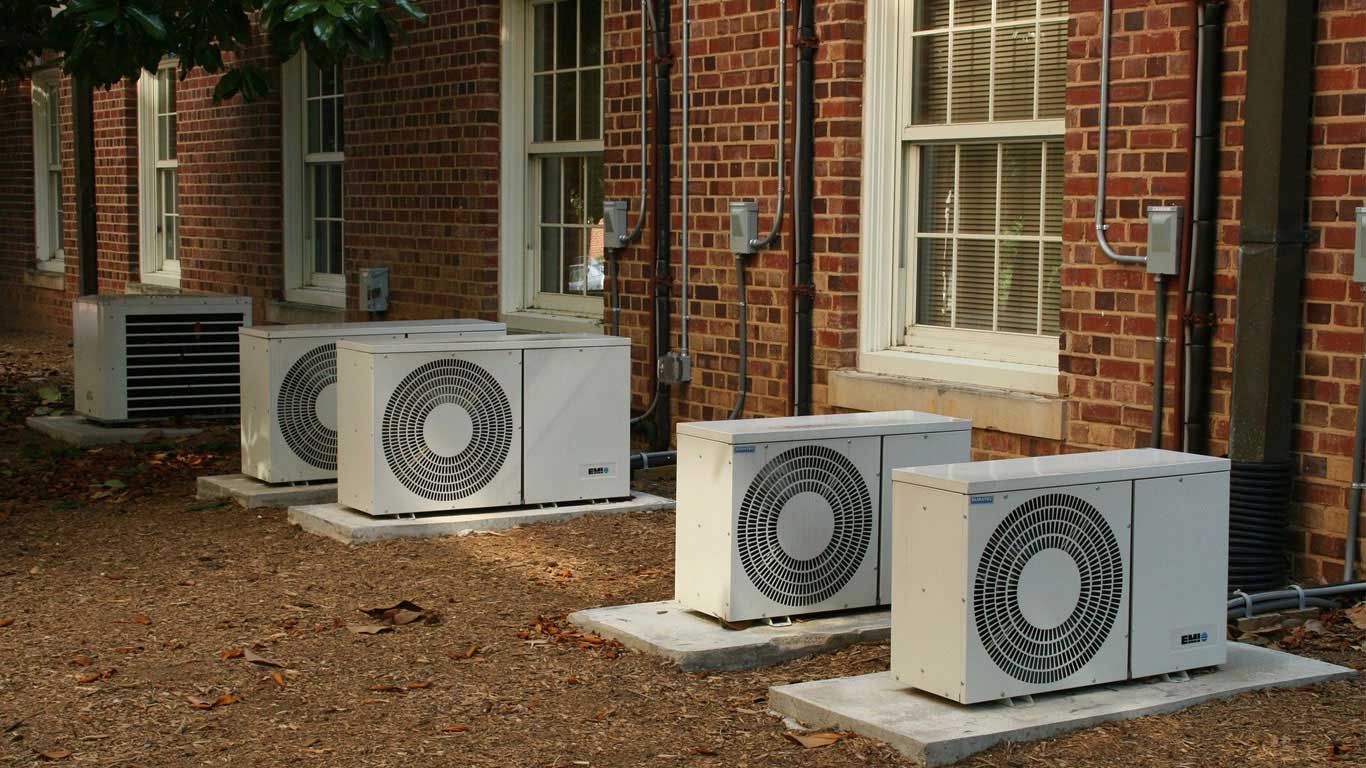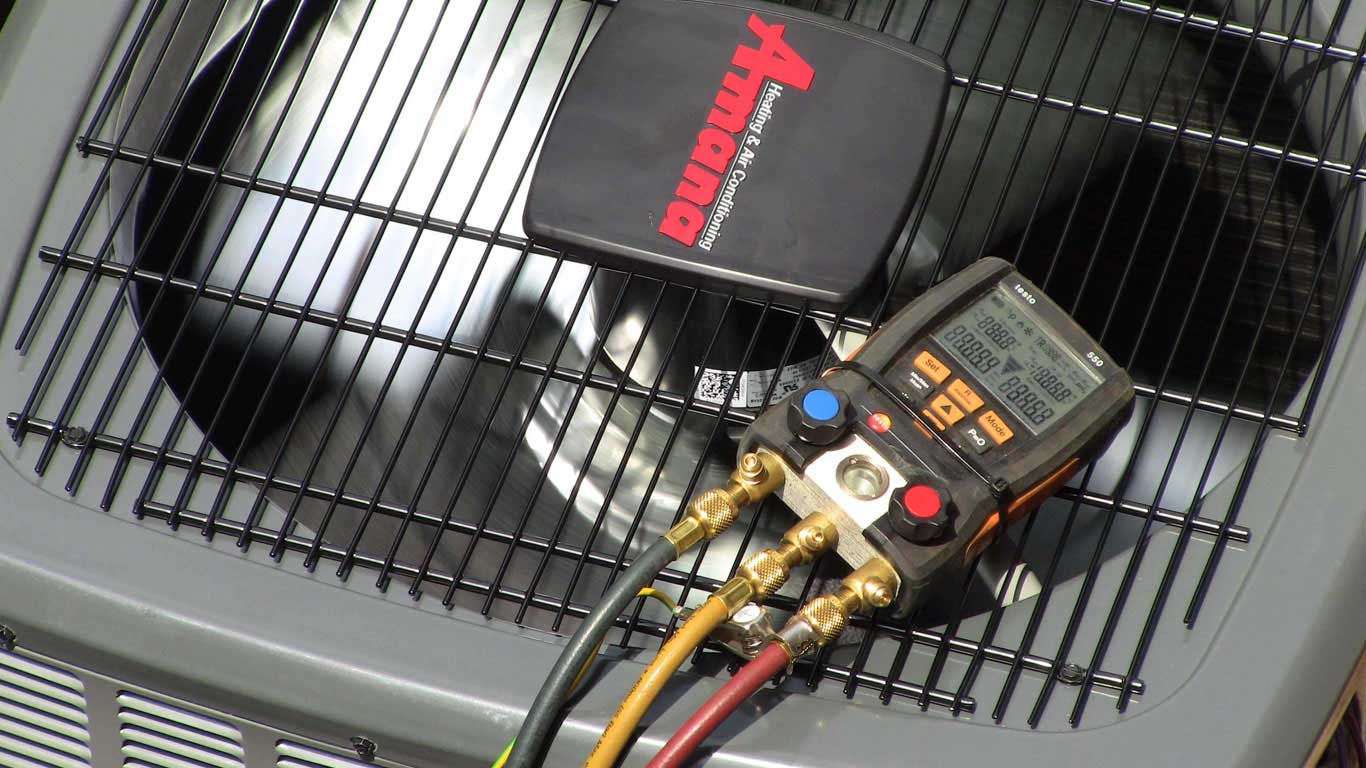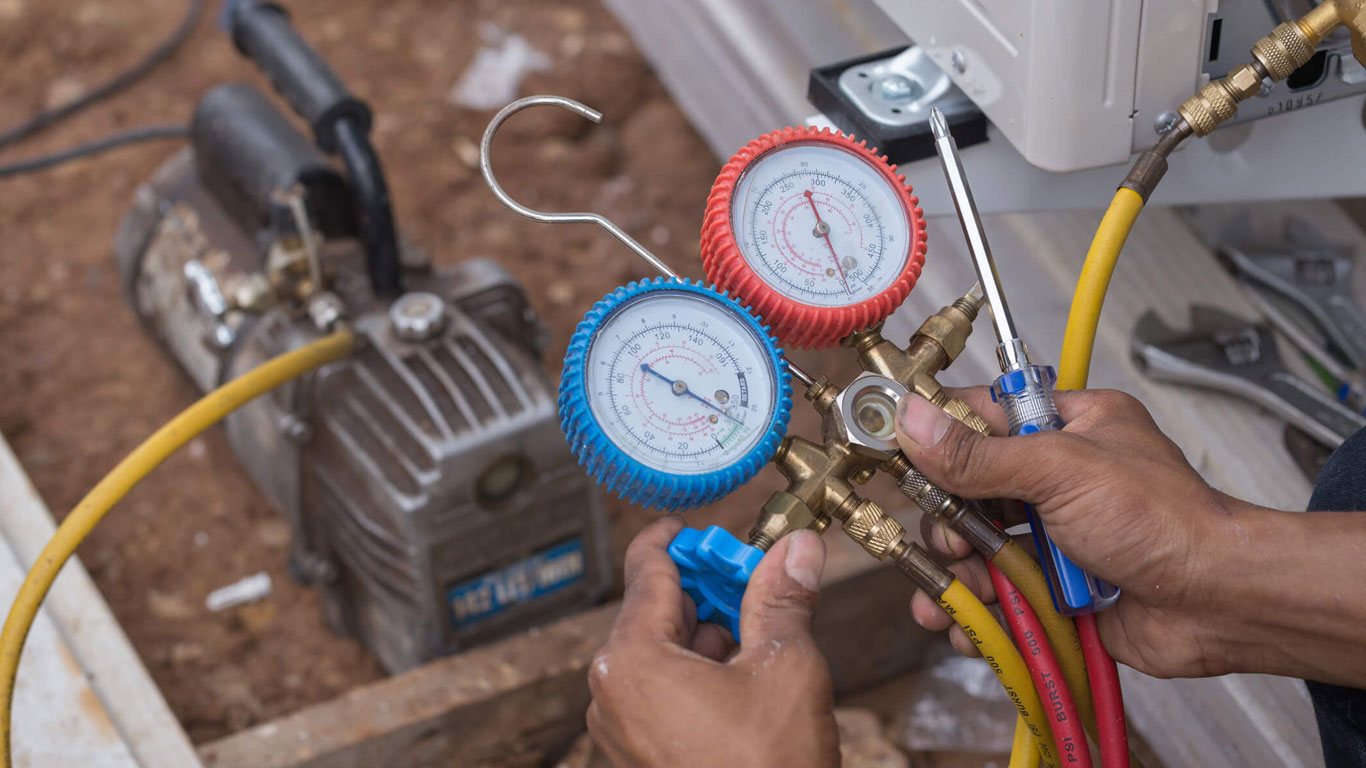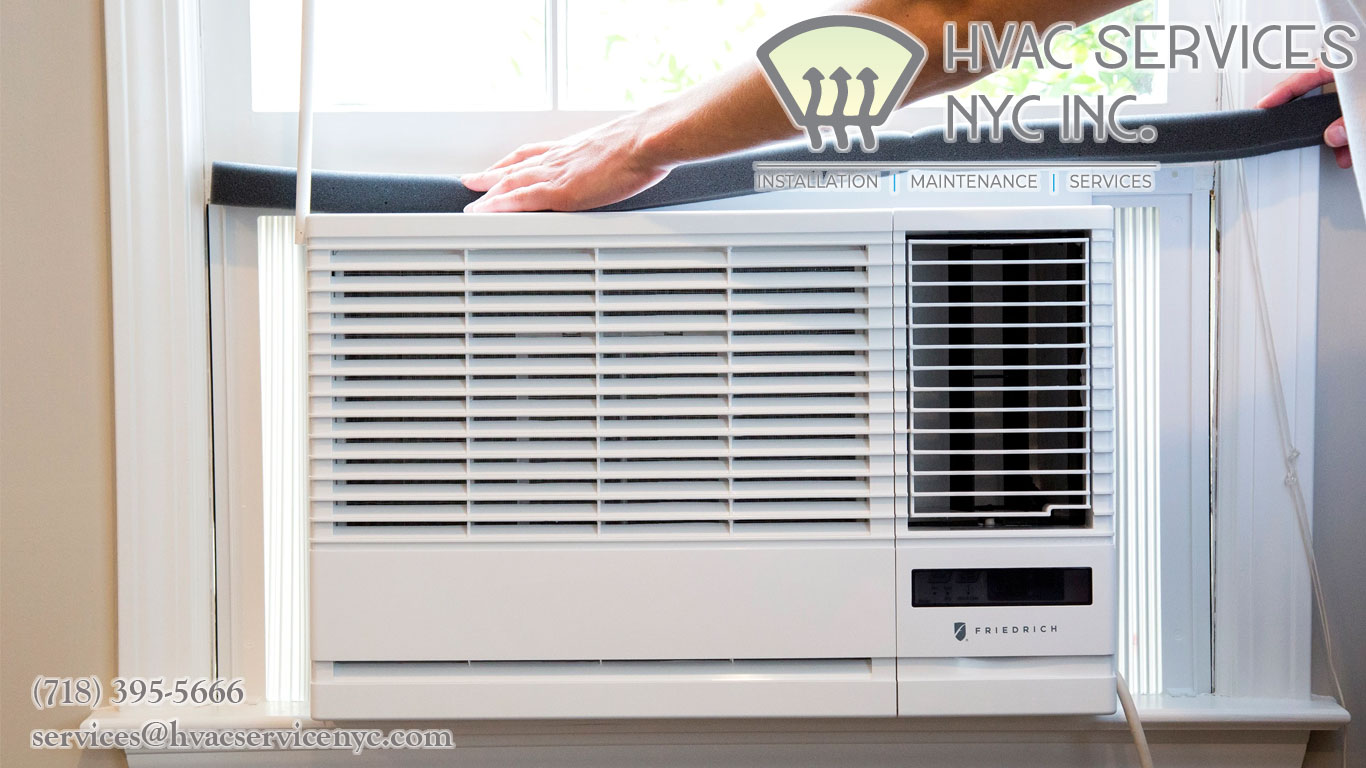



To diagnose heating, ventilation and air conditioning problems, start with the easy, visible items and work your way to the hidden components. An HVAC consists of a furnace, an air conditioner, ductwork and a fan connected to the ductwork. The thermostat controls these elements by signaling them to turn on or off based on programmed settings. As part of the ventilation system, a filter sits inside the cold air return that removes contaminants from the air before heated or cooled air is distributed throughout the home.
Begin your diagnosis of the HVAC system by verifying that it has power. Locate the service panel and ensure the circuit breaker has not tripped. The furnace and the air-conditioner each have their own dedicated circuit breaker or fuse. Turn the circuit breaker off for the unit that is malfunctioning. Wait about 10 seconds and switch it back on. If you have fuses instead of circuit breakers, switch the main power off. Remove and replace blown, burnt or broken fuses. Next check the thermostat for power. Some thermostats receive power via the electrical system, while others contain batteries. Remove and replace batteries for battery-powered thermostats if there is no power at the unit.
Switch the thermostat to "heat" mode and set the thermostat 3 to 5 degrees above the room temperature. Wait at least 30 seconds before checking for heat at an open register. If no heat comes out, turn the thermostat off. Confirm that the panel door on the furnace is closed. A switch inside the panel door allows the system to operate when it is fully engaged. If not engaged, the heater won't come on. Reset the furnace by opening the panel door and turning off the gas or pushing the reset button. Wait five minutes -- or follow the instructions in the unit's manual for reset -- then turn the gas back on.


Set the thermostat to "cool" mode. Adjust the thermostat setting 3 to 5 degrees below the room temperature. Locate an open register and check for cool air after waiting for 30 seconds. Reset the air conditioner at the circuit breaker. If the air conditioner was running, but stopped producing cold air, check the air conditioner for water below the unit. If there is water, dirty coils can cause the coils to freeze. Turn the air conditioner off at the thermostat and circuit breaker, let the unit sit for three hours, then clean the coils and restart the unit.
Ensure the fan is on at the thermostat and the registers are open. Newer thermostats have two settings for the fan: "on" and "auto." When set to "on" the fan will run continually. When set to "auto" the fan kicks on with the heater or air conditioner calls for it. Locate the cold air return and remove the filter. Examine the filter for dirt. Cold air return filters must be clean for the system to operate efficiently. If your filter is a permanent one that requires cleaning, follow the steps in the owner's manual. Locate the arrow on one side of the filter that shows the direction the air flows. After cleaning, ensure that you put the filter back with the arrow pointing toward the ductwork inside. Replace the disposable filter with a new one. If the registers for the ventilation system do not deliver air, locate the blower motor and check the belt for cracks or breaks.

Contact HVAC SERVICE NYC® today for fast service!






© 2025 | HVAC SERVICES NYC | All Rights Reserved
Privacy Policy | Terms & Conditions